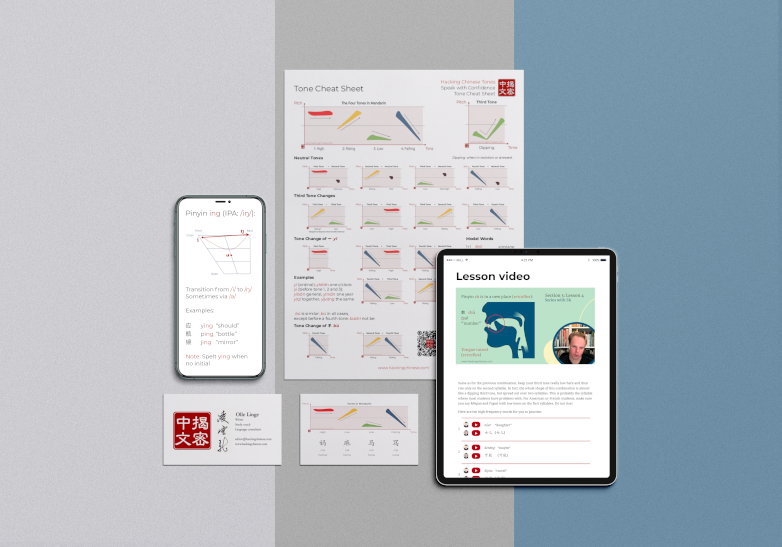 This week’s podcast episode is a reader and listener Q&A, where I answer three questions about Mandarin pronunciation.
This week’s podcast episode is a reader and listener Q&A, where I answer three questions about Mandarin pronunciation.
This time, I’m answering questions about:
- Pronouncing the final -i after e.g. sh-
- Pronouncing the initial z-
- If Pinyin is a good transcription system for students
I have also included a written summary below!
Tune in to the Hacking Chinese Podcast to listen to the related episode (#217):
Available on Apple Podcasts, Spotify, YouTube and many other platforms!
Summary of this episode
Links to things mentioned in the introduction
- Hacking Chinese Pronunciation: Speaking with Confidence
- Chinese pronunciation challenge, October 2024
- The Fluent Listener: Navigating Mandarin Like a Fish in Water
Question 1: How is the Pinyin final spelt with an “i” pronounced after “sh”?
- The final “i” after “sh”, “zh”, “ch”, and “r” is a voiced version of the “sh” sound
- To pronounce it, retract your tongue and ensure your vocal cords vibrate (voicing)
- Relax the tongue slightly for a more accurate sound
- This explanation also applies to “i” after “s”, “z”, and “c”, but with a different tongue position
Read more about Pinyin traps and pitfalls here: A guide to Pinyin traps and pitfalls: Learning Mandarin pronunciation
A guide to Pinyin traps and pitfalls: Learning Mandarin pronunciation
Question 2: How is the initial spelt with a “z” pronounced compared to “z” in English?
- Pinyin “z” is not like English “z”; it is an affricate sound, pronounced like “ts”
- There is no voicing, unlike the English “z”
- Avoid adding aspiration (a puff of air), which could turn it into Pinyin “c”
Check my pronunciation course for more about this (and everything else related to pronunciation): Hacking Chinese Pronunciation: Speaking with Confidence
Question 3: Is Pinyin a good transcription system for learning pronunciation?
- Spoken sounds and written symbols are two different things; don’t mix them up
- Pinyin is systematic and effective for learning Mandarin pronunciation
- Most pronunciation errors related to Pinyin occur because students don’t learn the (simple) spelling rules
- Zhuyin prevents guessing based on English but is less commonly used
- Learning the International Phonetic Alphabet (IPA) can provide additional insights into pronunciation
Read more here: Learning to pronounce Mandarin with Pinyin, Zhuyin and IPA: Part 1
Learning to pronounce Mandarin with Pinyin, Zhuyin and IPA: Part 1

